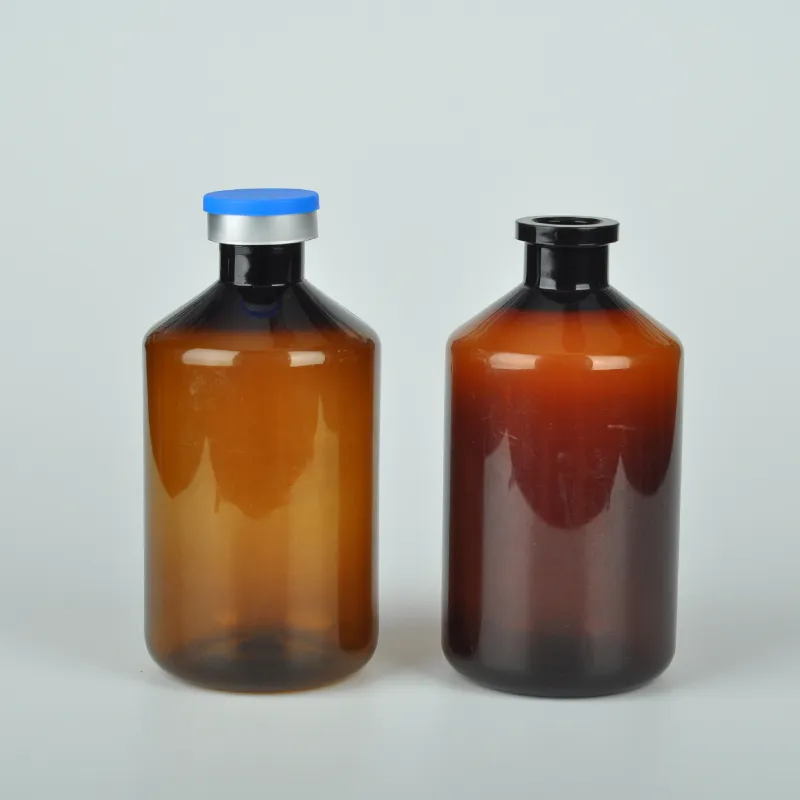Creation of a Sample Collection Tube for Laboratory Use
The Importance of Sample Tubes in Scientific Research
Sample tubes are a vital component in various scientific fields, including biology, chemistry, and environmental science. These small, often cylindrical containers are designed to hold various types of samples—from blood and tissue to chemical solutions and environmental fluids. While they may seem simple, their design and utility play a crucial role in the integrity of scientific research.
Types of Sample Tubes
Sample tubes come in various shapes, sizes, and materials, tailored to different types of samples and experiments. The most common materials include glass and plastic, each serving specific purposes. Glass tubes are often favored for their chemical resistance and ability to withstand high temperatures, making them ideal for certain laboratory procedures. Plastic tubes, on the other hand, are lightweight, shatterproof, and often disposable, making them a convenient choice for routine sample collection.
Within these categories, sample tubes can be further classified based on their intended use. For example, blood collection tubes are specially designed with additives that help preserve the sample's integrity and facilitate different testing procedures. There are also culture tubes, which provide sterile environments for growing microorganisms or cells. Additionally, cryovials are essential for storing biological samples at low temperatures, ensuring their viability for future experiments.
Applications in Research
In scientific research, the reliability of results hinges significantly on the quality of sample collection and storage. Sample tubes play a critical role in this process. For instance, in clinical laboratories, proper sample collection in blood tubes ensures that patient results are accurate, which can influence diagnosis and treatment plans. Researchers investigating genetic markers or mutations rely on well-preserved DNA samples, which can be effectively stored in the correct type of sample tube.
sample tube

Environmental scientists often use sample tubes to collect water, soil, and air samples to study pollutants and ecosystem health
. The choice of tube material can affect the sample's compatibility with potential contaminants; therefore, meticulous attention must be paid to ensure that the samples collected will accurately represent the environment being studied.Best Practices for Using Sample Tubes
To maximize the effectiveness of sample tubes in research, following best practices is essential. Firstly, choosing the right type of tube for the specific sample and analysis method is paramount. Researchers must understand the properties of their samples and any interactions that may occur with different tube materials or additives.
Proper handling and storage of sample tubes are equally important. Tubes should be labeled clearly to prevent mix-ups, and samples should be stored under appropriate conditions to maintain their viability. For instance, some biological samples require refrigeration or freezing to preserve their properties, while others may need to be kept at room temperature.
Additionally, when preparing samples for analysis, it is essential to avoid contamination. Using sterile techniques and ensuring that tubes are clean and free of any residual substances will help maintain the integrity of the samples and yield more accurate results.
Conclusion
Sample tubes might be small, but they are integral to the success of scientific research. From ensuring the accuracy of clinical laboratory tests to enabling groundbreaking environmental studies, the importance of selecting the appropriate sample tube cannot be overstated. As science continues to advance, the evolution of sample tube technology will likely enhance their efficiency and utility, ultimately leading to more reliable data and better outcomes in various fields of study. Understanding and optimizing the use of sample tubes will remain a cornerstone of high-quality scientific investigation.
-
Aesthetic Makeup Spray Bottles | Fine Mist Empty RefillableNewsAug.19,2025
-
White Plastic Veterinary Vaccine Vials | Lab Liquid BottlesNewsAug.18,2025
-
Plastic Medicine Liquid Bottle: Secure Flip Top Drug VialsNewsAug.17,2025
-
Durable 250ml Blue Plastic Vaccine Vial for Lab & Vet UseNewsAug.16,2025
-
Sterile Virus Sample Tubes: Secure & Reliable Specimen CollectionNewsAug.15,2025
-
White 250ml Plastic Vaccine Vial for Lab & Vet MedicineNewsAug.14,2025
























